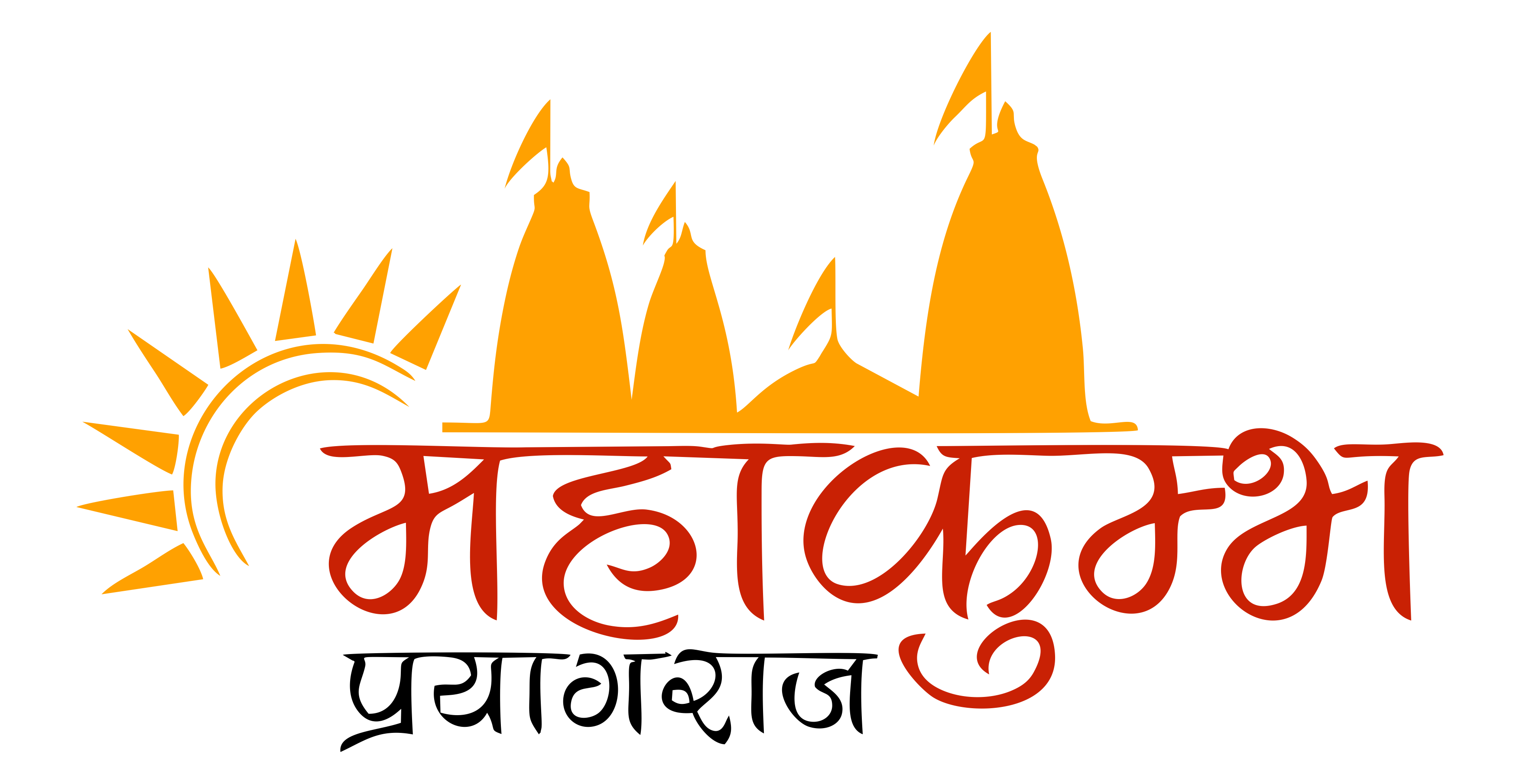Kumbh Mela is not just a festival; it’s a spiritual phenomenon that attracts millions of devotees, saints, and pilgrims from across the globe. Often described as the world’s largest peaceful gathering, the event is held at four different locations in India, with each location hosting the Mela once every twelve years. In this blog post, we will delve into the history, significance, and spiritual importance of Kumbh Mela, while exploring how it has evolved over time.
What is Kumbh Mela?
Kumbh Mela is a massive Hindu pilgrimage that is centered around the sacred ritual of bathing in holy rivers to cleanse the soul and wash away sins. The event is held at four locations in India: Prayagraj (Allahabad), Haridwar, Ujjain, and Nashik. The festival’s name, “Kumbh,” refers to a mythical pot of nectar, and “Mela” means gathering or fair. Every twelve years, the Mela rotates between these cities, drawing in tens of millions of participants.
The History and Mythological Roots of Kumbh Mela
The origins of Kumbh Mela can be traced back to ancient Hindu mythology. According to the Bhagavata Purana, the Gods and Demons fought over the nectar of immortality (amrita) that emerged from the churning of the ocean. In the chaos, drops of nectar fell at four locations in India: Prayagraj, Haridwar, Ujjain, and Nashik. It is believed that bathing in these holy waters during the Kumbh Mela washes away one’s sins and grants spiritual liberation.
Historically, the Mela has been celebrated for over 2,000 years, with references found in various ancient scriptures and texts. The first recorded Kumbh Mela took place during the reign of Emperor Harshavardhana in the 7th century, but the tradition of large gatherings at sacred riverbanks dates back even further.
Spiritual and Cultural Significance
Kumbh Mela is much more than just a religious event; it’s an embodiment of Hindu spirituality. For millions of Hindus, this pilgrimage serves as an opportunity for spiritual renewal and connection with the divine. Here’s why it holds such spiritual significance:
- Bathing in the Sacred Rivers: Pilgrims believe that immersing themselves in the holy rivers during the Mela purifies their minds and souls, washing away karma and granting liberation (moksha).
- Astrological Alignments: The timing of Kumbh Mela is aligned with significant astrological events, most notably the positions of Jupiter, the Sun, and the Moon. These astrological alignments make the waters of the sacred rivers especially auspicious for spiritual cleansing.
- Devotional Practices and Rituals: Beyond the sacred bath, the Kumbh Mela is a site for deep religious observance, with rituals such as prayers, chants, and offerings. Devotees also participate in Satsangs (spiritual discourses) and Yagnas (sacrificial fire ceremonies) to connect with the divine.
- The Presence of Sadhus and Saints: The Kumbh Mela is famous for the gathering of Sadhus (Hindu ascetics), Naga Babas (naked ascetics), and spiritual leaders from across the world. Their participation and guidance inspire millions of pilgrims seeking spiritual guidance.
The Evolution of Kumbh Mela Over the Years
Kumbh Mela has evolved significantly over the centuries, with both traditional and modern elements blending into this spiritual event. Here’s a look at how the festival has evolved:
1. Technological Advancements:
In the past, Kumbh Mela was a more isolated event, but now it is organized with advanced infrastructure. The event is managed with state-of-the-art security systems, water supply facilities, and sanitation systems to accommodate the millions of pilgrims who attend. The use of digital platforms has also made it easier for people to keep track of dates, travel information, and even book accommodations.
2. Increased Global Participation:
While the Kumbh Mela traditionally attracted pilgrims from India, in recent decades, it has become a global event. Pilgrims from countries such as the USA, UK, Canada, and Australia come to experience the spiritual energy of the Mela. The event is now a cultural tourism phenomenon, attracting spiritual seekers and tourists alike.
3. Environmental Concerns:
With millions of people attending the Mela, there have been growing concerns about environmental sustainability. Efforts have been made to reduce the environmental impact by promoting eco-friendly practices, managing waste, and ensuring water conservation.
4. Media Coverage:
The Mela has also received significant media attention. Global news outlets and social media platforms extensively cover the event, providing live updates and virtual participation options for those unable to attend.
Kumbh Mela Today: A Global Phenomenon
Today, Kumbh Mela is an extraordinary convergence of faith, culture, and spirituality. It continues to play a vital role in the lives of millions of Hindus and serves as an occasion to reinforce values of community, devotion, and spirituality.
Although it has evolved with time, the core essence of Kumbh Mela remains unchanged: a spiritual gathering that brings people together to connect with the divine and seek spiritual enlightenment.
Conclusion
Kumbh Mela is an event like no other, blending ancient tradition with modern-day practices. Whether you are a devout Hindu or simply someone interested in experiencing the world’s largest spiritual gathering, the Kumbh Mela offers a unique opportunity for self-reflection, connection, and renewal. As it continues to grow and evolve, its message of faith and unity remains timeless.
If you are planning to visit the Kumbh Mela, make sure to plan ahead and experience this awe-inspiring festival in its full glory. For more information on spiritual travel and cultural events in India, explore our other resources.

